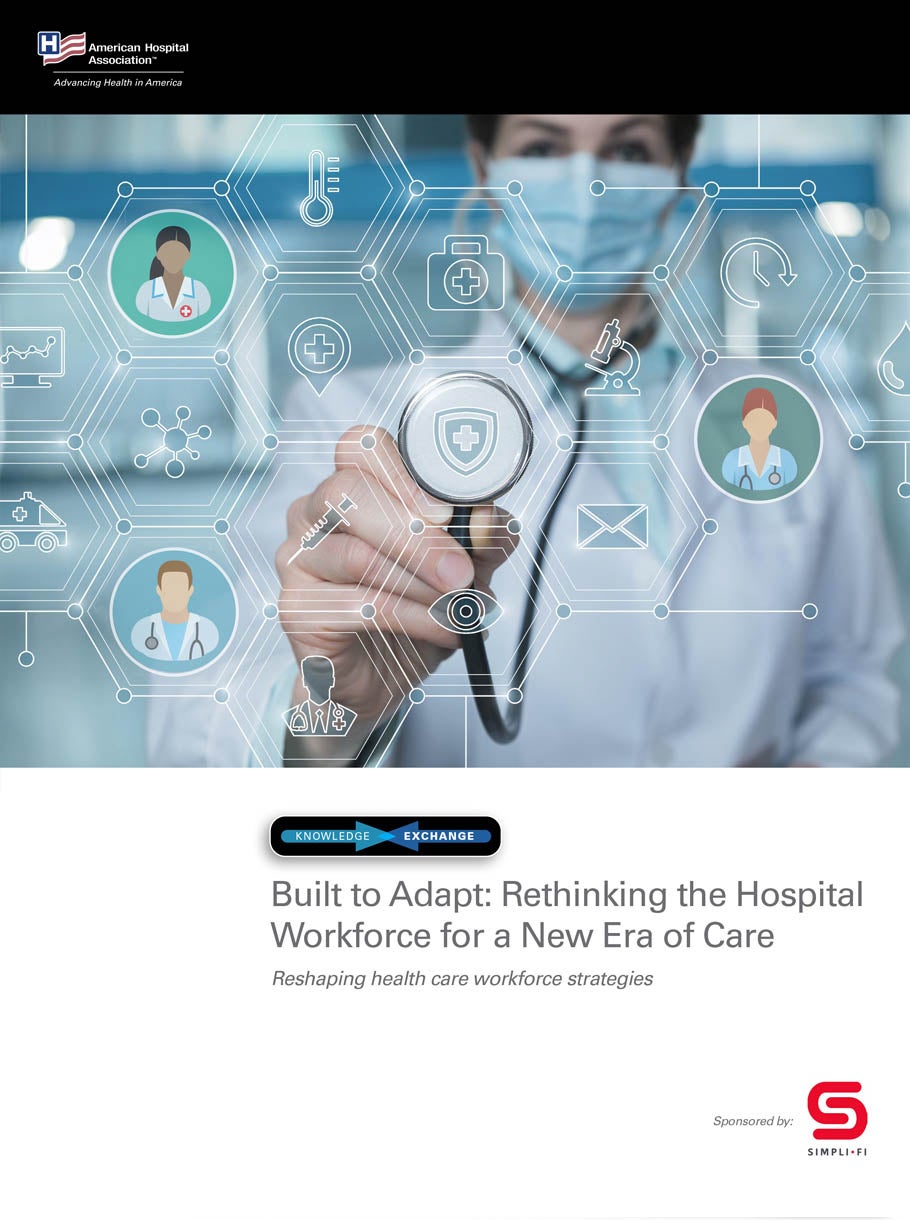AHA Knowledge Exchange
Reshaping health care workforce strategies
The health care workforce is facing mounting pressure and entering a pivotal phase of transformation. Burnout, rising patient demand, evolving generational expectations, and a shrinking Gen X labor pool are making traditional staffing models increasingly unsustainable. Strategic workforce planning has become essential for delivery of high-quality care and operational performance. To succeed, health systems must shift from reactive staffing approaches to proactive strategies that attract, deploy and retain talent in new ways. Innovations such as flexible workforce pools, AI-driven scheduling, and nurse preceptor pipelines are redefining the future of health care delivery. This Knowledge Exchange e-book highlights the forward-thinking strategies leading hospitals and health systems are using to elevate talent management, enable flexible staffing and leverage technology for workforce transformation.
8 key practices health leaders are embracing to drive workforce transformation and build a pipeline of skilled professionals
- Cultivate future talent through apprenticeships, education partnerships and internal career pathways. Invest in a robust workforce pipeline by expanding apprenticeships and earn-while-you learn programs that provide paid clinical experience and career mobility across key roles.
- Advance academic excellence to strengthen clinical capability. Expand residency programs in high-demand specialties. Set up strategic university partnerships and public-private collaborations to drive innovation in medical education.
- Foster a culture of safety, inclusion and empowerment. Create a workplace where every voice counts and safety is shared. Coordinate staff-led committees and campus police collaboration to address concerns and implement preventive measures. Structure feedback to drive visible change.
- Harness smart technology to transform care delivery. Deploy innovative tools to reduce workload, improve efficiency and support clinical teams like virtual support, AI-driven workflows, flexible staffing models and ambient listening tools. Standardize technology across sites to create a more efficient, connected care ecosystem. Consider gig-style platforms to offer flexible, credentialed talent with trial-based hiring options.
- Customize workforce strategies for generational needs and flexibility. Adapt to shifting workforce expectations while preserving operational stability. Expand part-time and per diem roles, build internal float pools to ease burnout and implement engagement strategies tailored to each generation.
- Boost retention and support. Empower staff by removing barriers to well-being and career growth. Implement housing support, certifications and flexible return-to-work options for caregivers.
- Transform staffing models with real-time data. Use predictive tools that analyze census and paid-time-off trends and workforce stack analysis that models demand across seasonal and procedural shifts. Employ Net Promoter Score (NPS)-style feedback by department and role for a view of employee experience.
- Amplify brand to attract top talent. Enhance visibility with a campaign that highlights the culture of innovation and care. Earn Employer of Choice certification to reinforce reputation and build pride within the organization. Signal commitment to employee well-being and workplace excellence with transparent pay practices, clear career paths and Day 1 benefits.
Participants

Elisa Arespacochaga
Group vice president, clinical affairs and workforce
American Hospital Association
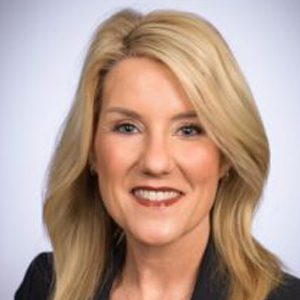
Amy Beard, MSN, R.N., NEA-BC
Chief nurse executive advisor
SimpliFi
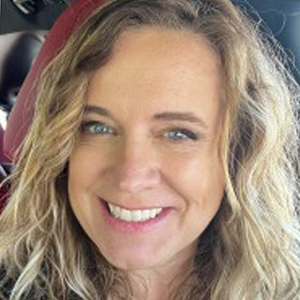
Holly Davis, MBA, BSN, R.N.
Chief nursing officer
Bingham Healthcare
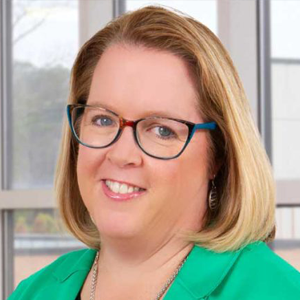
Reyne Gallup, MSN, R.N.
Vice president and chief operating officer
Vitruvian Health
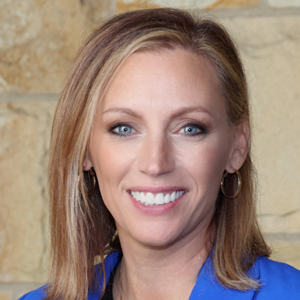
Katie Gorndt, R.N.
Vice president
Santa Ynez Valley Cottage Hospital
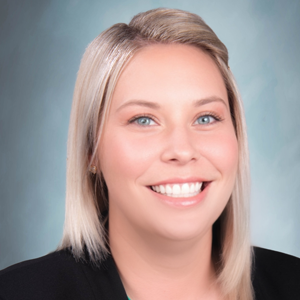
Laura Griffin, MHA
Vice president, system nursing operations
ECU Health
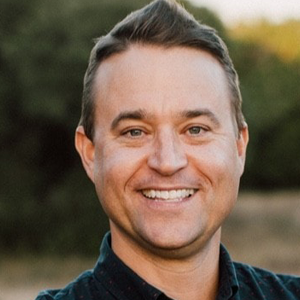
Patrick Halinski, MHA, LSSBB
Vice president, strategy and solutions
SimpliFi

Jean Hood, R.N., MSN, CPHRM, CPPS, DFASHRM
Corporate executive director, clinical risk management
AdventHealth
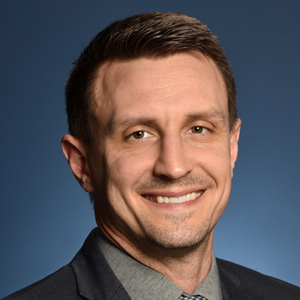
Daniel Hudson, MSN, R.N., CENP
Senior vice president, nursing operations; chief nursing officer, ambulatory nursing
Jefferson Health

Donna Lynne, DrPH
CEO
Denver Health
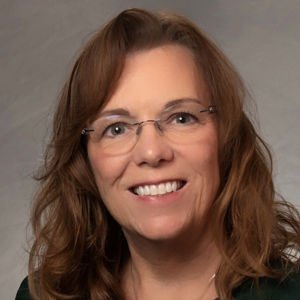
Meleah Mariani, DNP, MSN, R.N., NEA-BC, FACHE
Chief nursing officer
Corewell Health Ludington Hospital
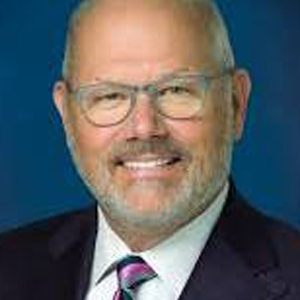
Michael Mayo, DHA, FACHE
President and CEO
Baptist Health
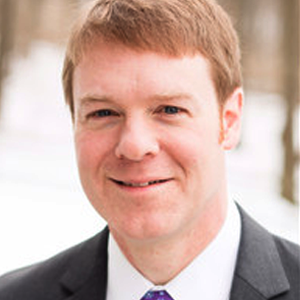
Christopher Newman, M.D., MBA
President and CEO
Mary Washington Healthcare
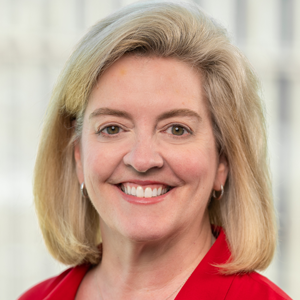
Janelle Reilly, MHA
Market president
CHI Memorial Health System
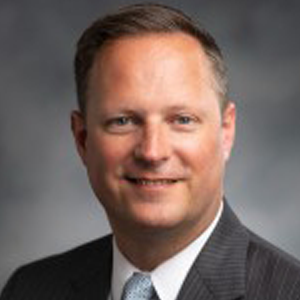
Chad Tuttle, MBA
Chief operating officer
Corewell Health
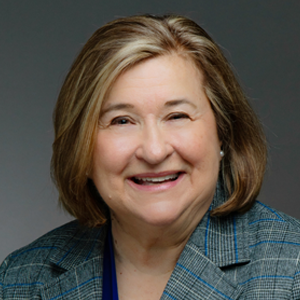
Moderator:
Suzanna Hoppszallern
Senior editor, Center for Health Innovation
American Hospital Association
AHA Knowledge Exchange
Gain insights from the C-suite and health care leaders on the most pressing issues and transformational strategies.



